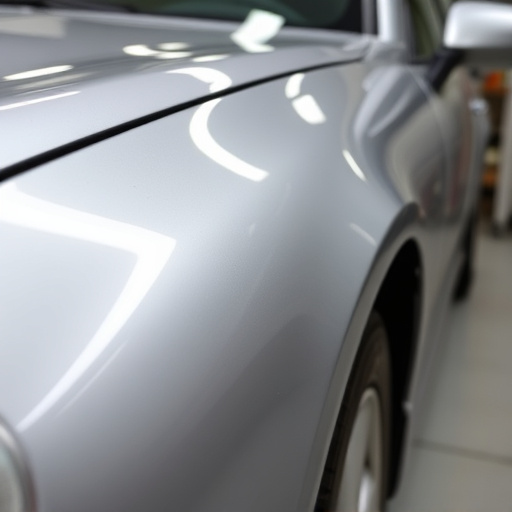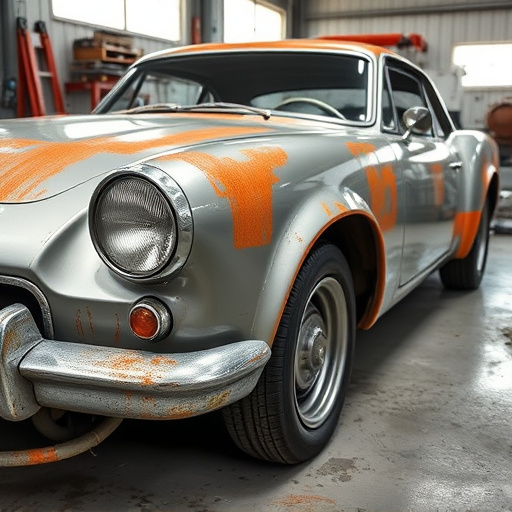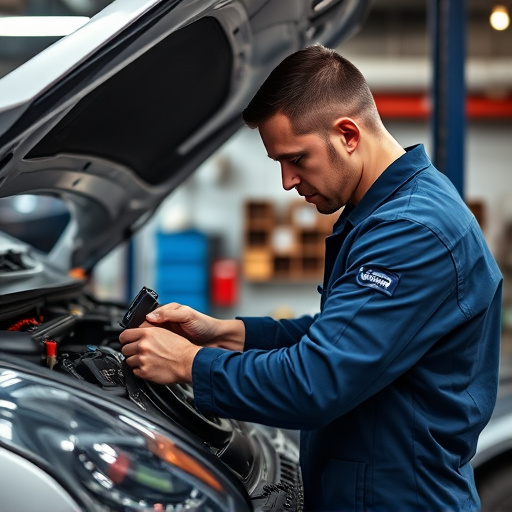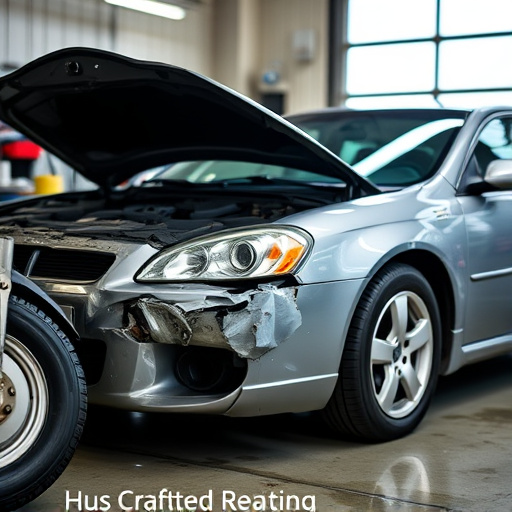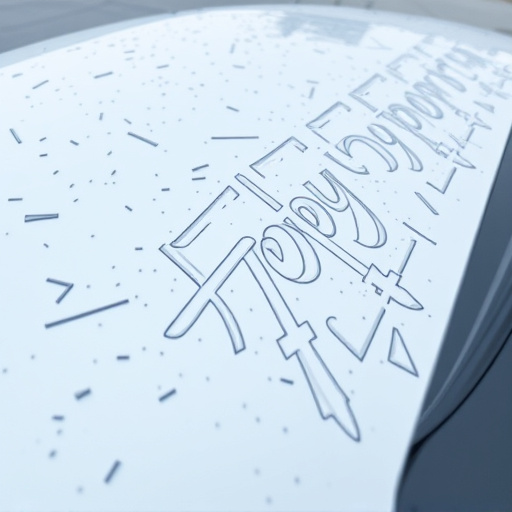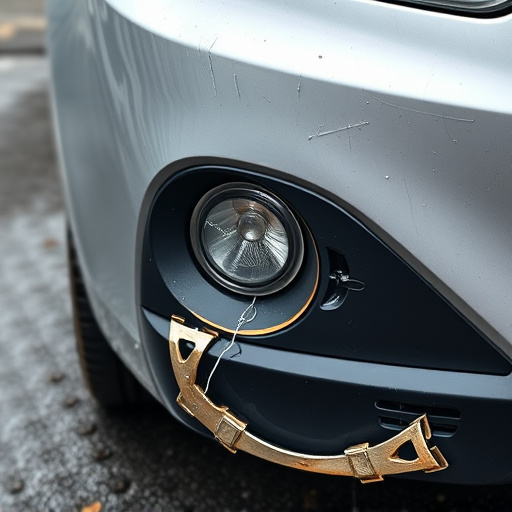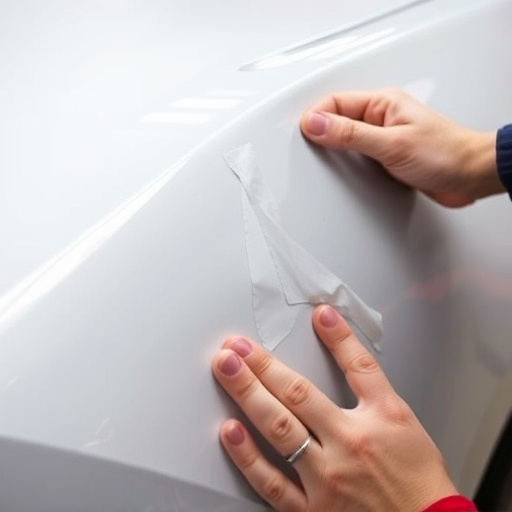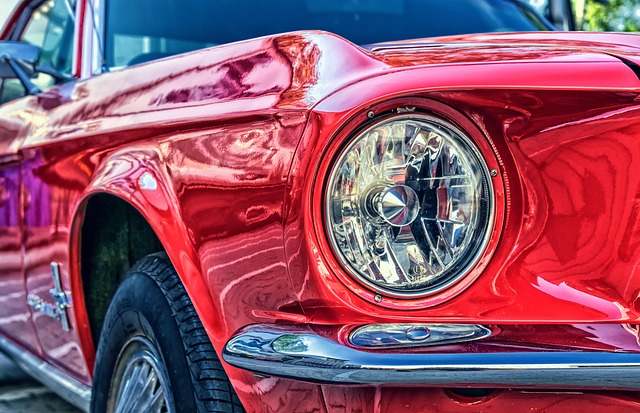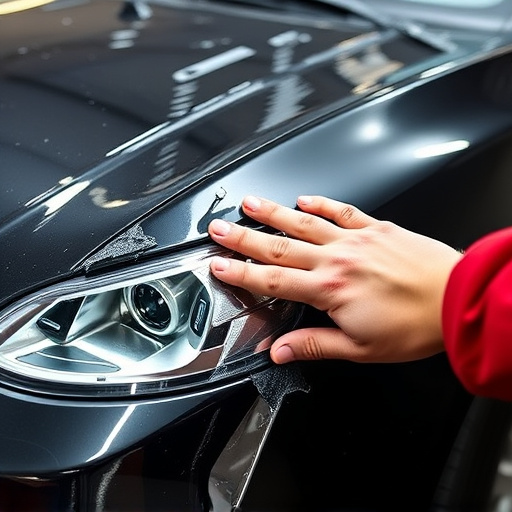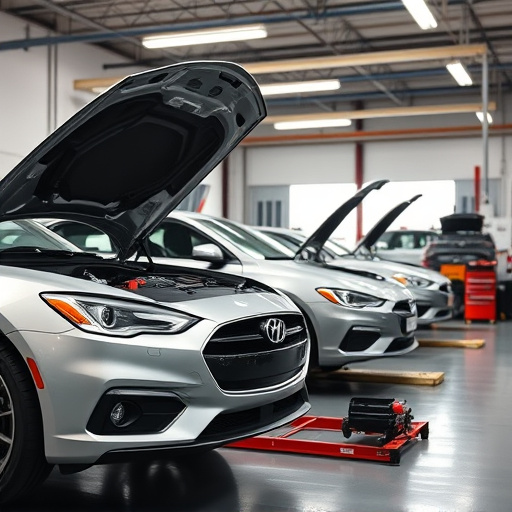Vehicle frame inspection is a detailed process using advanced tools to check a car's structural integrity, crucial for safety and compliance with standards. Routine inspections uncover common issues like chassis damage, corrosion, and panel deformities, which can impact safety, handling, and aesthetics. Regular checks are vital to prevent severe structural weaknesses that could lead to catastrophic failures, emphasizing the importance of professional frame straightening and restoration for optimal vehicle performance and safety.
Vehicle frame inspection is a critical process that uncovers structural integrity and safety. This comprehensive guide delves into the world of vehicle frame inspections, exploring effective methods used by professionals. From meticulous visual examinations to advanced technology, these techniques reveal common structural issues like cracks, weld defects, and misalignments. Understanding these problems is paramount as they significantly impact vehicle safety and performance, underscoring the necessity for rigorous frame inspections before every journey.
- Understanding Vehicle Frame Inspection Methods
- Common Structural Issues Uncovered During Inspections
- The Impact of Frame Damage on Vehicle Safety and Performance
Understanding Vehicle Frame Inspection Methods
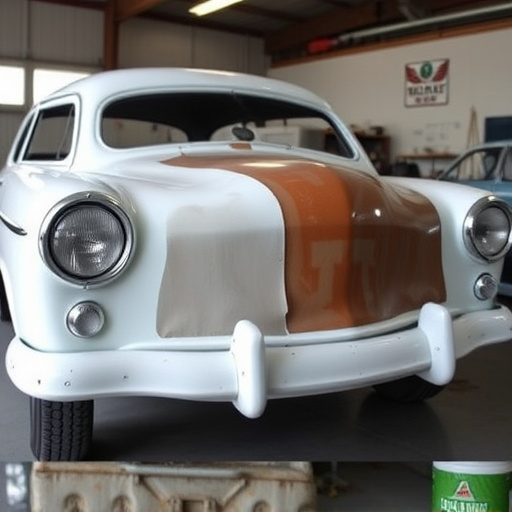
Vehicle frame inspection is a critical process that reveals the structural integrity of a vehicle. It involves meticulous examination of various components, including the chassis, backbone, and safety cages. These inspections are crucial in identifying any damage or deformity that might have occurred due to accidents, falls, or other incidents. By using advanced techniques like laser scanning and 3D measuring tools, technicians can accurately assess the vehicle’s frame, ensuring it meets safety standards.
Understanding different inspection methods is key to addressing potential issues effectively. Auto body repairs often begin with a thorough visual inspection, followed by more specialized tests. Collision damage repair, for instance, requires precise evaluation of panel alignment and structural integrity. These methods not only help in detecting visible car damage but also uncover hidden or latent issues, ensuring comprehensive vehicle frame inspections that are essential for safe and reliable transportation.
Common Structural Issues Uncovered During Inspections
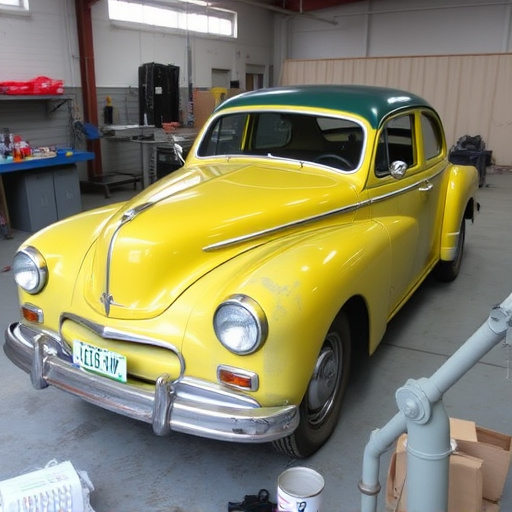
During routine vehicle frame inspections, several common structural issues frequently come to light. One of the most visible concerns is damage to the chassis, often caused by accidents or poor storage practices. This may include cracks in the frame, misalignments, or bent components, which can significantly impact the vehicle’s safety and handling.
Another prevalent issue is corrosion, especially in older vehicles or those with a history of water exposure. Rust on the frame can weaken structural integrity, making it a critical area to assess during inspections. Moreover, dings, dents, and deformities in panels like fenders, doors, and hoods are common, often requiring expert body shop services for repair. In luxury vehicle repairs, precision is key to preserving the car’s original finish and overall aesthetic appeal.
The Impact of Frame Damage on Vehicle Safety and Performance
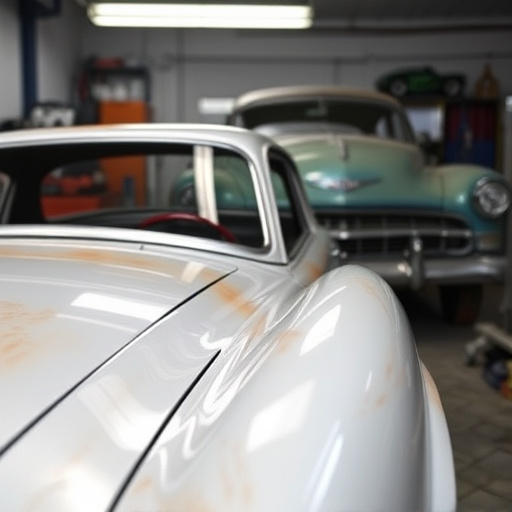
Frame damage, often overlooked during routine vehicle maintenance, can have significant implications for both safety and performance. A thorough vehicle frame inspection is crucial to identifying any structural weaknesses or deformities that could compromise the integrity of a car’s chassis. In severe cases, even minor damages can lead to catastrophic failures during accidents, posing serious risks to occupants.
For luxury vehicles like Mercedes Benz, known for their precision engineering, collision repair specialists employ advanced techniques and tools for meticulous frame straightening and restoration. Auto body repairs go beyond mere aesthetics; they ensure the vehicle’s structural integrity is restored to factory standards. Even seemingly minor issues, such as dent removal, can affect a car’s overall stability and handling, especially when combined with other frame damages. Therefore, regular vehicle frame inspections are not just recommended but essential for maintaining optimal safety and performance.
Vehicle frame inspection is a critical process that reveals essential structural information, identifying common issues that can impact safety and performance. By understanding different inspection methods and their findings, mechanics and owners can proactively address potential problems. Regular frame inspections play a pivotal role in ensuring vehicles remain safe, reliable, and in optimal condition, ultimately contributing to enhanced driving experiences.
